Discovering Tiradito A Peruvian Sashimi Innovation
10 min read Exploring Tiradito as a modern Peruvian sashimi, blending tradition with innovative culinary techniques and flavors. July 19, 2025 03:05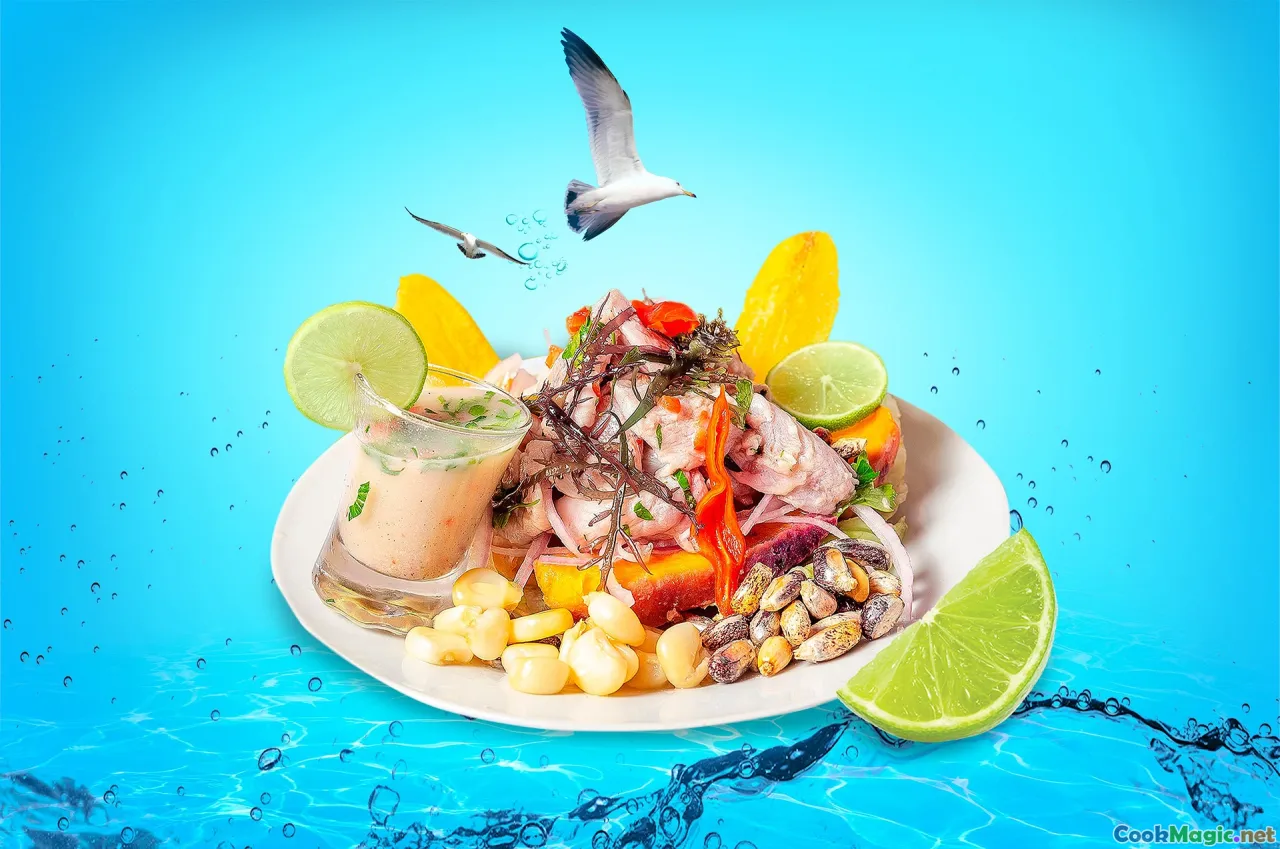
Discovering Tiradito: A Peruvian Sashimi Innovation
Peru’s culinary landscape is a mesmerizing mosaic of indigenous ingredients, Spanish influences, African spices, and Asian techniques. Among its most intriguing and exquisitely refined dishes is tiradito—a vibrant whisper of Japanese sashimi blended seamlessly with Peruvian soul. Its delicate dance of textures and flavors not only exemplifies culinary creativity but also tells a story of cultural fusion that continues to evolve in Peruvian kitchens today.
The Heart of Peruvian Cuisine: A Cultural Confluence
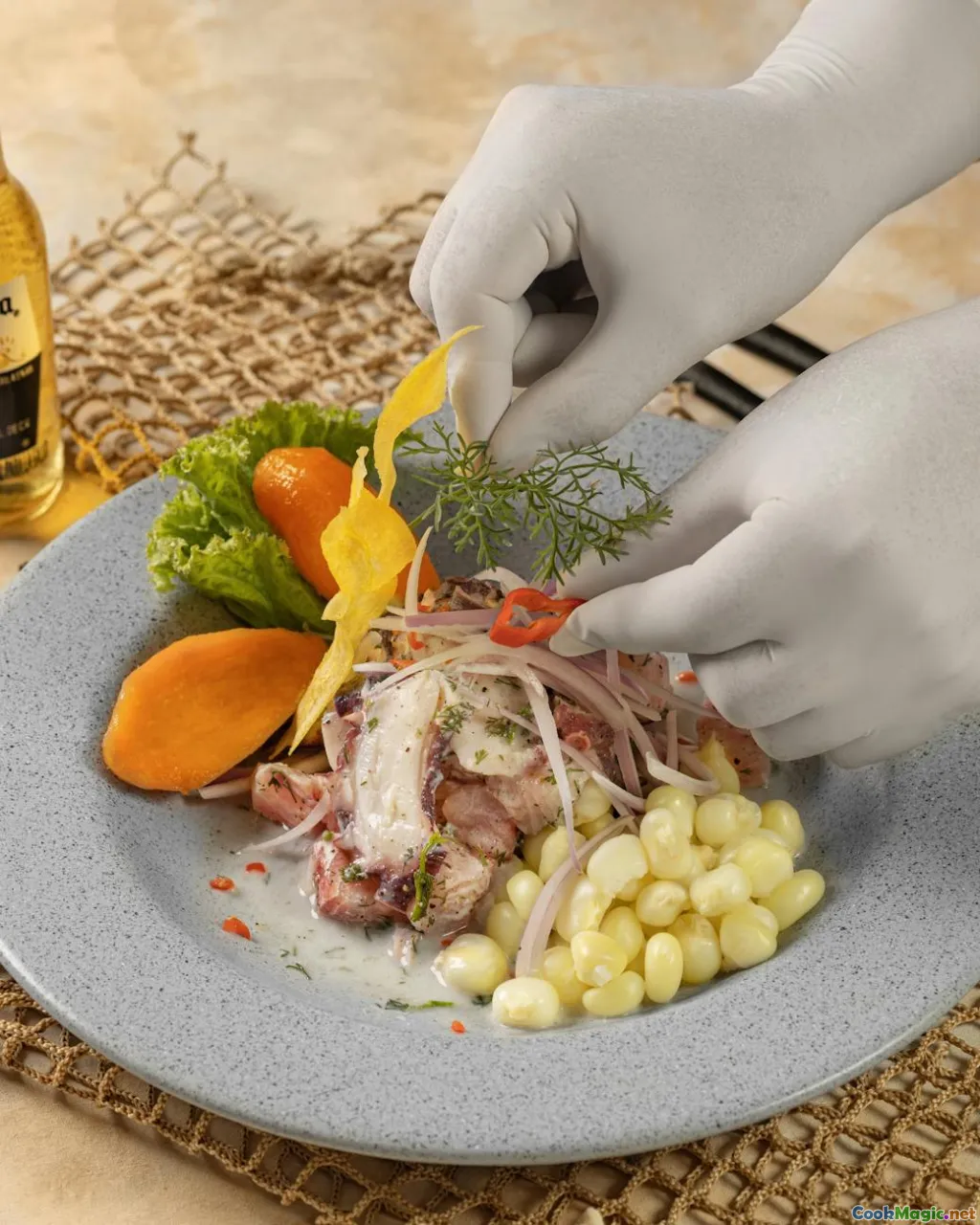
Peruvian cuisine is renowned worldwide for its breathtaking diversity and depth. It reflects the nation’s melting pot of indigenous communities, Spanish colonial roots, African heritage, and Asian influences—particularly Chinese and Japanese immigrants who arrived in the late 19th and early 20th centuries.
In this vibrant cultural tapestry, ingredients like native corn, potatoes, and chili peppers mingle with salt, soy, and ginger—staples of Asian culinary traditions. Out of this rich ferment of flavors, unique dishes like ceviche and tiradito emerge as symbols of Peru’s openness and adaptability.
Tiradito, in particular, stands as a monument to that intercultural dialogue. It epitomizes the finesse of Japanese sashimi, reimagined through the lens of Peruvian flavors and ingredients. Originally inspired by Japanese immigrants working on the coast, the dish was adapted to local ingredients, transforming into a culinary masterpiece that is both familiar and startlingly new.
What Is Tiradito? A Comparative Overview

Unlike ceviche, which is marinated with citrus for hours, tiradito is celebrated for its refined, almost minimalistic approach—its fish slices glistening like glass, robbed of any overwhelming marinade but enriched by its surroundings. The fish, traditionally a firm, white fish such as corvina or halibut, is sliced very thin—almost paper-like—laid out flat on a plate.
The signature feature of tiradito is its sauce: a piquant, flavorful, yet elegantly mild blend, usually consisting of aji amarillo (yellow chili), lime for acidity, and a touch of soy sauce or silky miso for umami. The result is a harmony of sharp, citrusy brightness interlaced with a gentle spicy kick and a hint of oriental sweetness.
In contrast, sashimi is typically served with soy sauce, wasabi, and pickled ginger, emphasizing pure fish flavor. Tiradito, however, straddles the line—受 its Japanese roots but infused with Peruvian spices, creating a dish that is both tender and punchy.
How to Make Traditional Tiradito: A Step-by-Step Guide
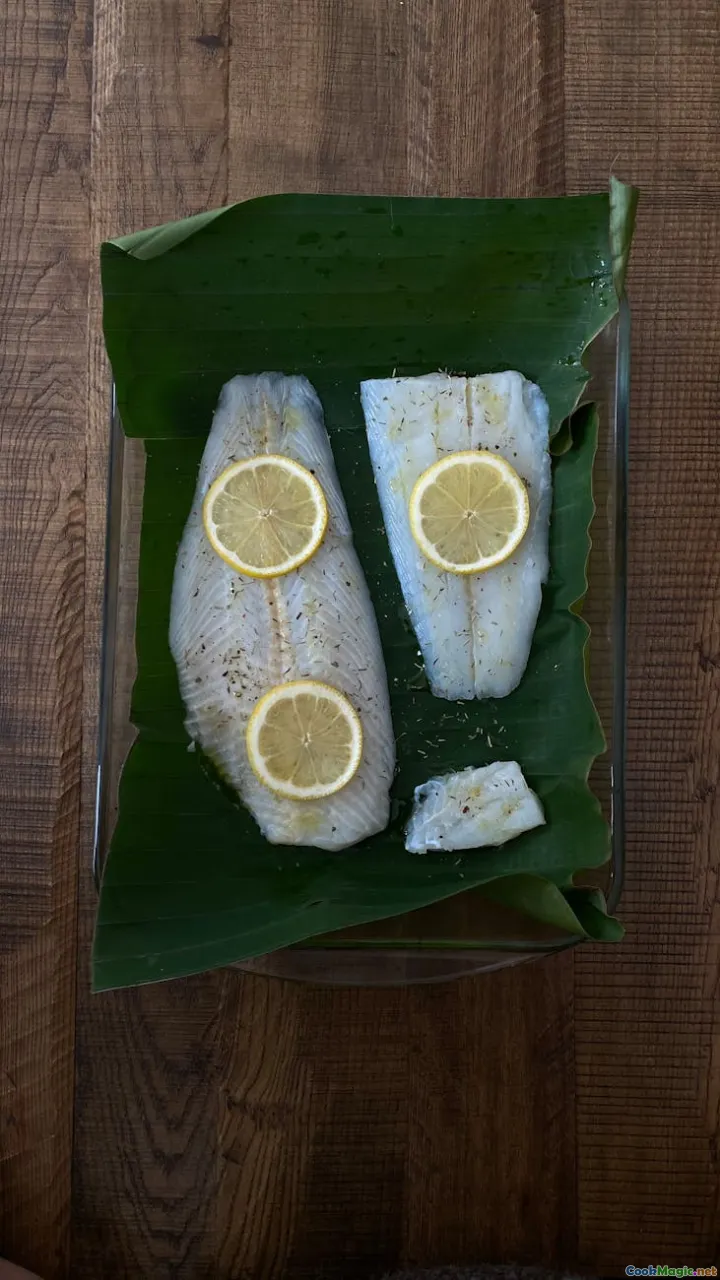
Ready to bring a touch of Peru to your kitchen? Here’s a detailed recipe for classic tiradito.
Ingredients:
- 200g fresh white fish fillet (corvina or halibut), sashimi-grade
- 3 limes, juiced
- 1 aji amarillo (yellow chili), deseeded and finely chopped
- 1 tablespoon soy sauce or tamari
- 1 teaspoon ginger, minced
- A pinch of salt and freshly ground pepper
- Fresh cilantro leaves for garnish
- Thinly sliced red onion or radish (optional garnish)
Instructions:
- Prepare the Fish: Using a sharp knife, slice the fish as thinly as possible—aim for paper-thin slices. Keep the slices flat and uniform.
- Make the Sauce: In a bowl, combine lime juice, chopped aji amarillo, soy sauce, minced ginger, salt, and pepper. Mix well to create a balanced, spicy citrus dressing.
- Assemble: Arrange the fish slices gracefully on a chilled serving plate. Drizzle the sauce evenly over the fish.
- Garnish: Add a few cilantro leaves and optional thin slices of red onion or radish for color and texture.
- Serve immediately—to preserve the delicate texture of the fish—paired with crispy toasted plantilla or plantain chips for added contrast.
Tips:
- Always use sashimi-grade fish, kept cold and handled with care.
- Adjust the heat of the aji amarillo according to your spice preference.
- For a more complex flavor, add a dash of sesame oil or sprinkle toasted sesame seeds.
Exploring Creative Variations
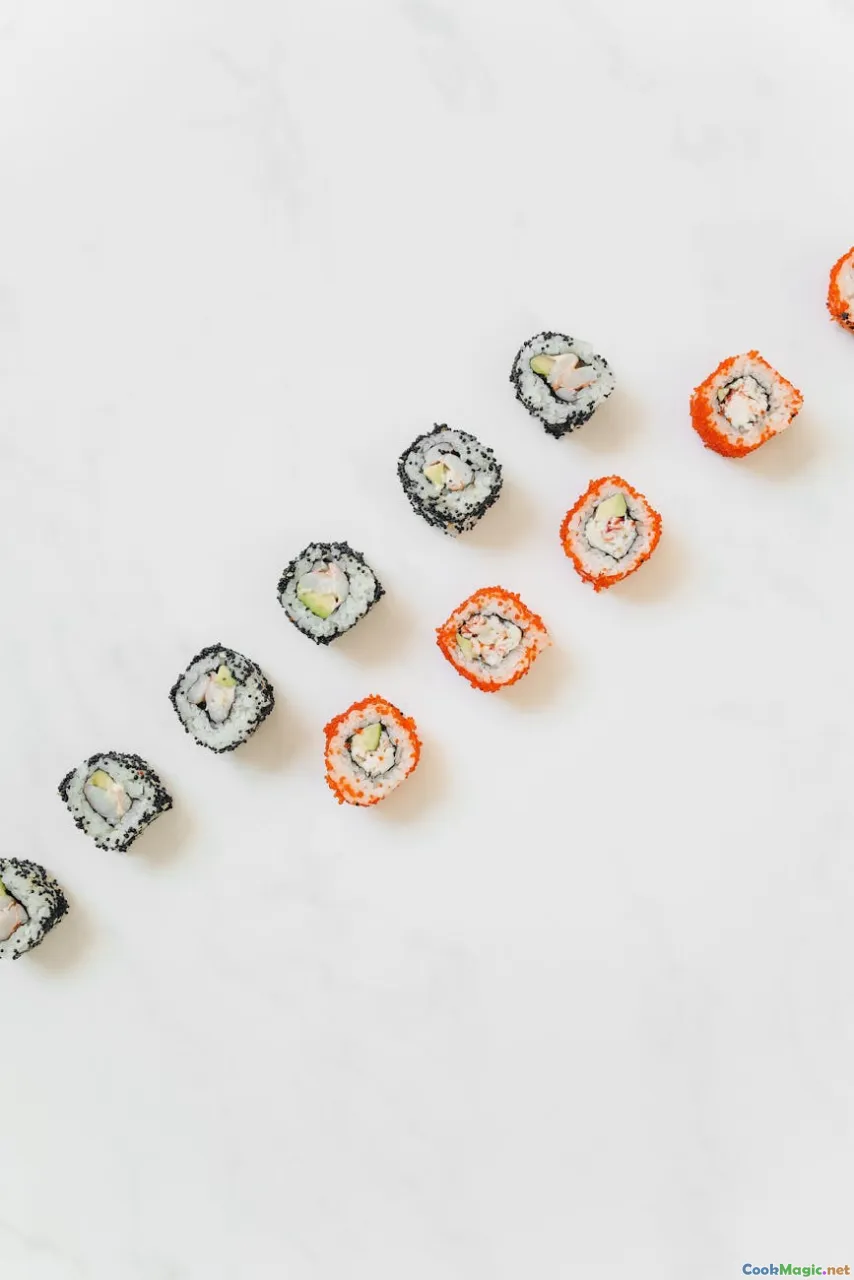
Peruvian chefs and food artisans are continuously pushing the boundaries of tiradito, experimenting with ingredients and presentations to forge new frontiers.
Purple corazón de mar Andino
Some innovative restaurants incorporate indigenous ingredients like purple corn, creating a strikingly hued sauce that complements the fish while adding a hint of sweetness.
Green Aji and Avocado
Another variation involves blending aji verde (green chili) with creamy avocados, resulting in a verdant, luscious sauce that balances spice and richness.
Fusion with Northern Coastal Flavors
Chefs along the northern coast often incorporate local herbs like huacatay—an aromatic Peruvian herb—to impart a unique herbal quality that elevates the dish.
Deconstructed Tiradito
Plating as art, some restaurants deconstruct the dish into tiny, artful elements—cured fish, sauces, garnishes—allowing diners to mix and match flavors with every bite.
The Cultural Significance and Personal Ties

Tiradito is more than just a dish; it symbolizes the dynamic spirit of Peruvian culinary identity. It embodies a historical crossroads—native ingredients, Asian techniques, and Latin flavors in a single elegant package.
Many chefs see it as a tribute to the resilience and adaptability of Peruvian culture. In Lima’s Miraflores district, famed establishments like Rafael and Maido elevate tiradito to an art form, meticulously balancing tradition and innovation.
For locals, sharing tiradito during family celebrations or special gatherings reinforces cultural pride—a sense that through food, the story of perseverance, adaptation, and harmony is told anew.
The Future of Tiradito: A Living Tradition

As global culinary exchanges accelerate, tiradito continues to evolve. Chefs worldwide are inspired by its delicate elegance, creating fusion versions that incorporate, for example, yuzu or Mira Yama salts.
In culinary festivals across Latin America, tiradito is increasingly featured as the flagship of Peru’s Latin-Asian signature—a dish that captures the imagination of food lovers seeking both authenticity and novelty.
Peruvian chefs are also experimenting with sustainable fish choices and local produce, ensuring that tiradito remains a reflective mirror of today’s environmental priorities.
Final Thoughts: The Allure of Tiradito
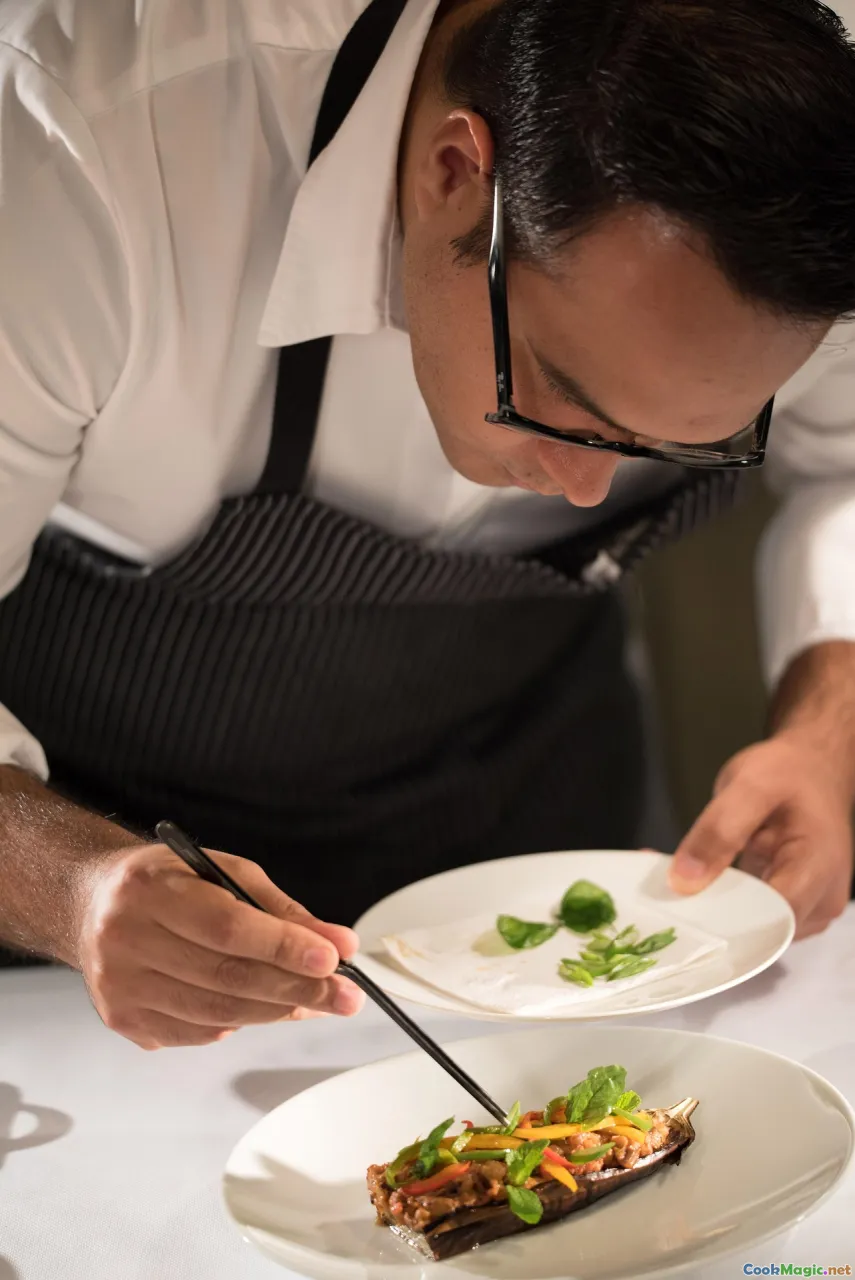
Tiradito is a testament to the innovative spirit and cultural richness of Peruvian cuisine. Delicate, bold, and infinitely adaptable, it invites explorers into a sensory journey—where the ocean’s freshness meets zestful spice, and tradition dances with modern gastronomy.
Each plate tells a story: of migration, resilience, and creativity. When you experience tiradito, you aren’t just tasting fish; you are savoring history, artistry, and an ever-evolving story of cultural harmony.
So, whether you’re a seasoned chef or a curious home cook, consider embracing this Peruvian sashimi innovation. With its subtle beauty and explosive flavors, tiradito promises not only a culinary delight but a profound connection to Peru’s vibrant soul.
Embark on your own culinary voyage—explore, create, and celebrate with Tiradito, the Peruvian sashimi that captures a world's heritage on a plate.









